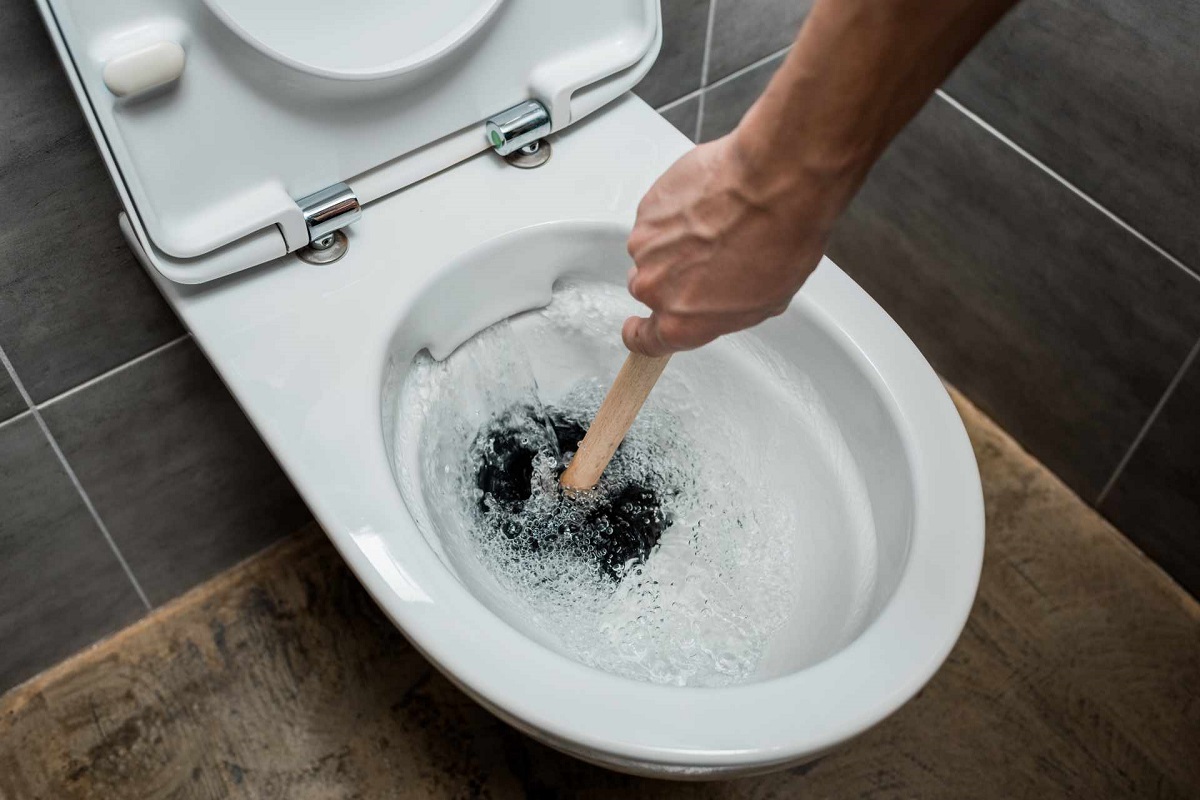

Articles
What To Do If The Toilet Is Clogged
Modified: February 11, 2024
Discover effective solutions and expert advice on how to unclog a toilet with these informative articles. Solve your plumbing problem quickly and efficiently.
(Many of the links in this article redirect to a specific reviewed product. Your purchase of these products through affiliate links helps to generate commission for Storables.com, at no extra cost. Learn more)
Introduction
A clogged toilet is a common household problem that can quickly turn into a frustrating and messy situation. Whether it’s a result of excessive toilet paper usage, flushing down non-flushable items, or a plumbing issue, dealing with a clogged toilet is something no one looks forward to.
However, before you panic and call a professional plumber, it’s worth trying some simple solutions to unclog the toilet yourself. With the right tools and techniques, you can often resolve the issue without any professional help.
In this article, we will explore various methods to tackle a clogged toilet, from using a plunger and toilet auger to using household items like dish soap and hot water. We will also provide tips on preventing toilet clogs in the future.
So, if you find yourself faced with a clogged toilet, read on to learn how you can handle the situation with confidence and get your bathroom back to its fully-functioning state.
Key Takeaways:
- Don’t panic when faced with a clogged toilet! Assess the severity, gather basic supplies, and try simple methods like using a plunger or dish soap and hot water before considering professional help.
- Prevent future toilet clogs by practicing proper flushing, limiting excessive toilet paper usage, and educating household members about proper toilet habits. Regular maintenance and plumbing inspections can also help avoid future clogs.
Understanding the Problem
Before you jump into unclogging your toilet, it’s important to have a basic understanding of the problem at hand. When a toilet becomes clogged, it means there is a blockage preventing water and waste from flowing through the drain system.
There are several common causes of toilet clogs:
- Excessive Toilet Paper: Flushing down too much toilet paper at once can cause a blockage in the pipes.
- Non-Flushable Items: Some items, such as baby wipes, feminine hygiene products, or paper towels, are not meant to be flushed down the toilet. These items do not break down like toilet paper and can easily cause a clog.
- Hard Water Deposits: Over time, minerals in hard water can build up in the pipes, reducing their diameter and eventually leading to clogs.
- Foreign Objects: Sometimes, small objects like toys, jewelry, or even cell phones can accidentally find their way into the toilet bowl and cause a clog.
- Plumbing Issues: In rare cases, a clogged toilet may be a sign of a larger plumbing problem, such as a main drain blockage or a malfunctioning sewage system.
By understanding the possible causes of a clogged toilet, you can better assess the severity of the situation and determine the appropriate course of action to take. In some cases, a simple plunge may be enough to clear the clog, while in other cases, more advanced methods or professional help may be required.
Next, let’s move on to assessing the severity of the clog to determine the best approach for unclogging your toilet.
Assessing the Clog Severity
Before you start unclogging the toilet, it’s important to assess the severity of the clog. This will help you determine the best method to use and whether or not you need to seek professional assistance.
Here are some indicators to consider when assessing the severity of the clog:
- Water Level: If the water level in the toilet bowl is high or overflowing, it indicates a more severe clog. This can be a sign that there is a blockage deeper in the plumbing system and requires immediate attention.
- Drainage Speed: If the water drains slowly after flushing, it suggests a partial clog. The water might go down eventually, but it’s still a good idea to address the issue before it worsens.
- Flushing Difficulty: If you notice that the toilet requires multiple attempts to flush or that the flushing mechanism is not working properly, it could indicate a clog in the trap or the drain pipe.
- Unusual Sounds or Odors: If you hear gurgling sounds coming from the toilet or notice foul odors emanating from the bowl, it might indicate a clog that needs attention.
By considering these factors, you can determine whether the clog is minor and can potentially be resolved with simple methods or if it requires more extensive measures, such as using a toilet auger or seeking professional plumbing assistance.
Remember, if you’re unsure about the severity of the clog or if you’re unable to resolve it on your own, it’s always better to err on the side of caution and seek professional help. This will ensure that the clog is properly addressed, minimizing the risk of further damage to your plumbing system.
Next, let’s move on to the basic supplies required for unclogging your toilet.
Basic Supplies Required
Before you begin the process of unclogging your toilet, it’s important to gather the necessary supplies. Having these items readily available will make the unclogging process smoother and more efficient.
Here are the basic supplies you’ll need:
- Plunger: A plunger is a must-have tool for unclogging toilets. It creates suction and pressure to dislodge the blockage.
- Toilet Auger: Also known as a toilet snake, a toilet auger is a long, flexible tool with a crank handle. It is used to break up and remove stubborn clogs.
- Gloves: Wearing rubber gloves is essential to protect your hands during the unclogging process.
- Bucket: A bucket will come in handy to collect excess water if needed or to hold supplies.
- Old Towels or Rags: Keep a few old towels or rags nearby to clean up any spills or splashes that may occur during the unclogging process.
- Protective Eyewear (Optional): While not necessary, wearing protective eyewear is recommended, especially if using a toilet auger, to prevent any potential splashing of water or debris.
Having these basic supplies on hand will make it easier to tackle the clog effectively and prevent any unnecessary mess. Now that you have the necessary tools, let’s move on to the different methods you can use to unclog your toilet.
Methods for Unclogging a Toilet
When it comes to unclogging a toilet, there are several methods you can try. The method you choose will depend on the severity of the clog and the supplies you have available. Here are the most commonly used methods:
- Method 1: Using a Plunger
- Method 2: Using a Toilet Auger
- Method 3: Using Dish Soap and Hot Water
- Method 4: DIY Mixtures for Unclogging
- Method 5: Calling a Professional Plumbing Service
The plunger is the go-to tool for most toilet clogs. To use a plunger effectively, make sure there is enough water in the bowl to cover the bell-shaped rubber end of the plunger. Place the plunger over the drain hole and firmly push down and pull up in a rapid motion. Repeat the process several times until the water starts draining or the clog is dislodged.
A toilet auger, or toilet snake, is a tool specifically designed to break up and remove stubborn clogs. Insert the auger into the toilet bowl until you reach the clog. Slowly crank the handle to either break up or extract the blockage. Be careful not to scratch the porcelain surface of the toilet.
This method is effective for minor clogs. Add a few tablespoons of dish soap to the toilet bowl, followed by a pot of hot (but not boiling) water. Let the mixture sit for a few minutes. The soap lubricates the pipe, while the hot water helps break up the clog. Use a plunger or flush the toilet to see if the clog has cleared.
There are several DIY mixtures you can try to unclog a toilet. For example, you can create a mixture of baking soda and vinegar. Pour a cup of baking soda into the toilet bowl, followed by a cup of vinegar. Let it sit for a while, and then flush the toilet. Another option is using a combination of hot water and Epsom salt, or even using a fizzy cola drink to break up the clog.
If the clog is severe, persistent, or you’re unable to unclog the toilet using the above methods, it may be time to call a professional plumbing service. They have the expertise and specialized equipment to tackle even the toughest clogs.
Remember, if you’re attempting any of these methods, do so carefully to avoid causing any damage to the toilet or injuring yourself. Use the method that suits your situation best, and don’t hesitate to seek professional help if needed.
Next, let’s discuss some prevention tips to avoid toilet clogs in the future.
Read more: What To Do If The Sink Is Clogged
Method 1: Using a Plunger
One of the most effective methods for unclogging a toilet is using a plunger. This tool creates suction and pressure to dislodge the blockage and allow the water to flow freely again. Here’s how to use a plunger properly:
- Select the Right Plunger: Choose a plunger with a flange or a fold-out rubber sleeve that can create a better seal around the drain hole.
- Prepare the Toilet: Ensure there is enough water in the bowl to cover the bell-shaped rubber end of the plunger. If needed, add some water to the bowl to achieve the proper seal.
- Position the Plunger: Place the plunger over the drain hole, making sure it is centered and covering the entire area.
- Create Suction: Push the plunger down gently to form a seal. Then, pull up quickly to create suction. Repeat this motion several times to help dislodge the blockage. The suction and pressure will work together to break up the clog and allow the water to flow.
- Test the Drainage: After plunging, flush the toilet or pour water into the bowl to see if the clog has cleared. Repeat the plunging process if necessary.
- Clean Up: Once the clog has been cleared, clean the plunger and the surrounding area with disinfectant to ensure hygiene.
Using a plunger is often the first line of defense when it comes to unclogging toilets. It’s a relatively simple and inexpensive method that can work for minor to moderate clogs. If the clog persists or the water level continues to rise after attempts with a plunger, it may be necessary to try other methods or seek professional assistance.
Now that you know how to use a plunger, let’s explore another method for unclogging a toilet – using a toilet auger.
Use a plunger to try and unclog the toilet. If that doesn’t work, try using a toilet auger to remove the blockage. Avoid using chemical drain cleaners as they can damage the pipes.
Method 2: Using a Toilet Auger
When a plunger fails to unclog your toilet, using a toilet auger, also known as a toilet snake, can often do the trick. A toilet auger is a long, flexible tool with a crank handle that is specifically designed to break up and remove stubborn clogs. Here’s how to use a toilet auger:
- Select the Right Toilet Auger: Choose a toilet auger that is specifically designed for use in toilets. It should have a protective sleeve or coating to prevent scratching the porcelain surface of the toilet.
- Insert the Auger into the Toilet Bowl: Insert the end of the auger into the toilet bowl, ensuring that the protective sleeve is covering the end to avoid any damage.
- Crack the Clog: Carefully push the auger down into the drain hole, rotating the handle in a clockwise motion. This rotation helps to break up the clog or hook onto it, allowing you to pull it out.
- Apply Gentle Pressure: Keep applying gentle pressure as you twist the handle, avoiding excessive force that could damage the toilet. If you encounter resistance, carefully work the auger back and forth to break up the clog further.
- Remove the Auger: Once you feel that the clog is broken up or dislodged, slowly draw the auger back out of the toilet bowl. Be cautious not to scrape the porcelain surface with the auger head.
- Test the Drainage: Flush the toilet or pour water into the bowl to see if the clog has been cleared. Repeat the augering process if necessary.
- Clean Up: After successfully unclogging the toilet, clean the auger thoroughly with disinfectant before storing it away.
Using a toilet auger can be helpful when dealing with more stubborn clogs that cannot be resolved with a plunger. However, it’s important to use caution and follow the instructions carefully to avoid any damage to the toilet or injury to yourself.
If the clog persists even after using a toilet auger, or if you’re unsure about using the tool, it may be time to contact a professional plumbing service for further assistance.
Now that you’re familiar with two effective methods for unclogging a toilet, let’s explore another alternative – using dish soap and hot water.
Method 3: Using Dish Soap and Hot Water
If you’re dealing with a minor clog, using dish soap and hot water can be an effective method to unclog your toilet. The soap acts as a lubricant while the hot water helps to break up the clog. Follow these steps to use dish soap and hot water:
- Add Dish Soap: Start by squirting a few tablespoons of liquid dish soap into the toilet bowl. Make sure to use regular dish soap, as it has the necessary ingredients to break down clogs.
- Pour Hot Water: Boil a pot of water, but ensure it’s not boiling when you pour it into the toilet bowl. Carefully pour the hot water into the bowl from waist height. The force of the water hitting the clog can help to dislodge it.
- Let It Sit: Allow the mixture of dish soap and hot water to sit in the toilet bowl for a few minutes. The soap will act as a lubricant and the hot water will work to break up the clog.
- Plunge or Flush: After giving the mixture some time to work, use a plunger to plunge the toilet vigorously. Alternatively, you can try flushing the toilet to see if the clog has cleared. Repeat these steps as needed.
This method is best suited for minor clogs and can be a quick and easy solution. The dish soap and hot water combination can help to soften the clog and make it easier to dislodge. However, if you’re dealing with a more stubborn or severe clog, you may need to consider other methods like using a plunger or toilet auger.
Remember, if the clog persists or if you’re unsure about using dish soap and hot water, it’s always a good idea to seek professional help from a plumbing service.
Now that you’re familiar with three methods for unclogging a toilet, let’s explore some DIY mixtures that you can use as an alternative.
Method 4: DIY Mixtures for Unclogging
If you don’t have a plunger or a toilet auger on hand, or if you prefer to use alternative methods, there are several DIY mixtures that you can try to unclog your toilet. Here are a few options:
- Baking Soda and Vinegar: Start by pouring about one cup of baking soda into the toilet bowl. Then, slowly pour one cup of vinegar into the bowl. The combination of baking soda and vinegar creates a fizzing reaction that can help break down the clog. Let the mixture sit for a few minutes, and then flush the toilet or use a plunger to see if the clog has cleared.
- Hot Water and Epsom Salt: Dissolve half a cup of Epsom salt in a pot of hot water. Carefully pour the mixture into the toilet bowl and let it sit for about 10 minutes. The Epsom salt can help to soften the clog, making it easier to remove. Afterward, flush the toilet to check if the clog is gone.
- Fizzy Cola Drink: Cola drinks contain phosphoric acid, which can help break down organic matter. Pour a can of fizzy cola into the toilet bowl and allow it to sit for an hour or overnight. The acid in the cola can help dissolve the clog. Afterward, flush the toilet to check if the clog has cleared.
These DIY mixtures can be effective for minor clogs and provide an alternative solution when traditional methods are not available. However, it’s important to note that these methods may not be effective for severe or persistent clogs. In such cases, professional assistance may be necessary.
Remember to use these DIY mixtures cautiously and follow the instructions carefully. If the clog doesn’t clear or if you’re unsure about using these methods, it’s always best to seek professional help.
Now that you’re aware of some DIY mixtures, let’s move on to the final method – calling a professional plumbing service.
Read more: How To Clear Clogged Toilet
Method 5: Calling a Professional Plumbing Service
If you’ve tried various methods to unclog your toilet without success, or if you’re dealing with a persistent or severe clog, it may be time to call a professional plumbing service. Plumbers have the expertise, experience, and specialized tools to handle even the most challenging toilet clogs. Here’s why you might consider calling a professional:
- Knowledge and Experience: Professional plumbers have extensive knowledge and training in unclogging toilets. They can quickly assess the situation, identify the underlying cause of the clog, and determine the most effective solution.
- Specialized Tools and Equipment: Plumbers have access to specialized tools and equipment that can tackle stubborn or deep-seated clogs. These tools, such as motorized drain snakes or hydro jetting equipment, can effectively clear blockages that regular plungers or augers cannot.
- Preventing Damage: Improperly attempting to unclog a toilet can potentially cause damage to the plumbing system or the fixture itself. Professional plumbers are skilled in unclogging toilets without causing any harm, ensuring that your toilet and plumbing remain in good condition.
- Identifying Underlying Issues: In some cases, a persistent or recurring toilet clog might be a symptom of a larger plumbing issue, such as a sewage line blockage or damaged pipes. Professional plumbers can identify these underlying issues and provide the appropriate repairs or replacements.
- Peace of Mind: Calling a professional plumbing service alleviates the stress and frustration of dealing with a stubborn or severe clog. You can rest assured that trained professionals are handling the problem and working towards a resolution.
If you decide to call a professional plumbing service, do some research to find a reputable and reliable company in your area. Look for licensed and insured plumbers with positive customer reviews and fair pricing. Contact them to discuss your situation and schedule a visit to assess and resolve the toilet clog.
Remember, while it may involve additional expense, seeking professional help is often the best option when dealing with persistent or severe toilet clogs. It ensures that the problem is addressed effectively and minimizes the risk of further damage to your plumbing system.
Now that you know various methods for unclogging a toilet and when to call a professional, let’s move on to the preventive measures you can take to avoid future toilet clogs.
Prevention Tips for Avoiding Toilet Clogs
Preventing toilet clogs is much easier and less stressful than dealing with a clogged toilet. By following some simple preventive measures, you can reduce the likelihood of experiencing clogs and maintain the proper functioning of your toilet. Here are some tips to keep in mind:
- Proper Flushing: Only flush toilet paper and human waste down the toilet. Avoid flushing non-flushable items like wet wipes, feminine hygiene products, cotton swabs, dental floss, or paper towels. These can quickly lead to clogs.
- Limit Excessive Toilet Paper Usage: While toilet paper is meant to be flushed, using excessive amounts can overwhelm your pipes and lead to clogs. Use a reasonable amount of toilet paper with each flush.
- Keep a Trash Can in the Bathroom: Provide a clearly designated trash can in the bathroom for disposing of non-flushable items. Encourage everyone in your household to use it instead of the toilet.
- Use Quality Toilet Paper: Choose toilet paper that is designed to break down easily when flushed. Thicker or more luxurious toilet paper may not dissolve as readily and can contribute to clogs.
- Regular Toilet Maintenance: Perform routine toilet maintenance to ensure there are no underlying issues that could contribute to clogs. Check for leaks, ensure the flush mechanism is working properly, and address any issues promptly.
- Teach Proper Toilet Habits: Educate everyone in your household about proper toilet habits. Teach children not to flush toys or other objects down the toilet and emphasize the importance of proper waste disposal.
- Regular Plumbing Inspections: Consider scheduling regular plumbing inspections to identify and address any potential issues before they escalate into major problems. A professional plumber can perform a thorough assessment of your plumbing system and recommend preventive measures.
- Consider Water Softening: If you have hard water, consider installing a water softener to remove minerals that can build up in pipes and contribute to clogs. This can help prolong the lifespan of your plumbing system.
By incorporating these preventive measures into your routine, you can significantly reduce the occurrence of toilet clogs and maintain a more functional and reliable bathroom plumbing system. Taking a proactive approach to toilet maintenance and usage will save you time, money, and frustration in the long run.
Now that you’re equipped with prevention tips, let’s conclude our discussion.
Conclusion
Dealing with a clogged toilet is never a pleasant experience, but with the right knowledge and methods, you can tackle the problem effectively. We’ve explored various methods for unclogging a toilet, from using a plunger and toilet auger to DIY mixtures and calling a professional plumbing service. Each method offers its own advantages and should be chosen based on the severity of the clog and the available supplies.
Remember to assess the severity of the clog before attempting any method and gather the basic supplies required, such as a plunger, toilet auger, gloves, bucket, and old towels. Start with the simpler methods, like using a plunger or dish soap and hot water, and progress to more advanced methods if needed.
In some cases, despite your best efforts, the clog may persist or worsen. This is when it’s advisable to call a professional plumbing service. Plumbers have the knowledge, experience, and specialized tools to handle even the toughest clogs and ensure long-term solutions.
To minimize the likelihood of toilet clogs in the future, follow simple prevention tips, such as proper flushing practices, limiting excessive toilet paper usage, keeping a trash can in the bathroom, and maintaining your toilet regularly. Educating your household members about proper toilet habits and scheduling regular plumbing inspections can also help prevent future clogs.
By being proactive in your approach to toilet maintenance and usage, you can avoid the frustration, inconvenience, and potential damage caused by toilet clogs. Remember that prevention is always better than dealing with a clog once it has occurred.
So, the next time you encounter a clogged toilet, don’t panic. Assess the situation, gather the necessary supplies, and try the appropriate method to unclog it. And if all else fails, don’t hesitate to seek professional help. With the right tools and techniques, you’ll be able to handle any toilet clog with confidence and get your bathroom back to its fully-functioning state.
Frequently Asked Questions about What To Do If The Toilet Is Clogged
Was this page helpful?
At Storables.com, we guarantee accurate and reliable information. Our content, validated by Expert Board Contributors, is crafted following stringent Editorial Policies. We're committed to providing you with well-researched, expert-backed insights for all your informational needs.
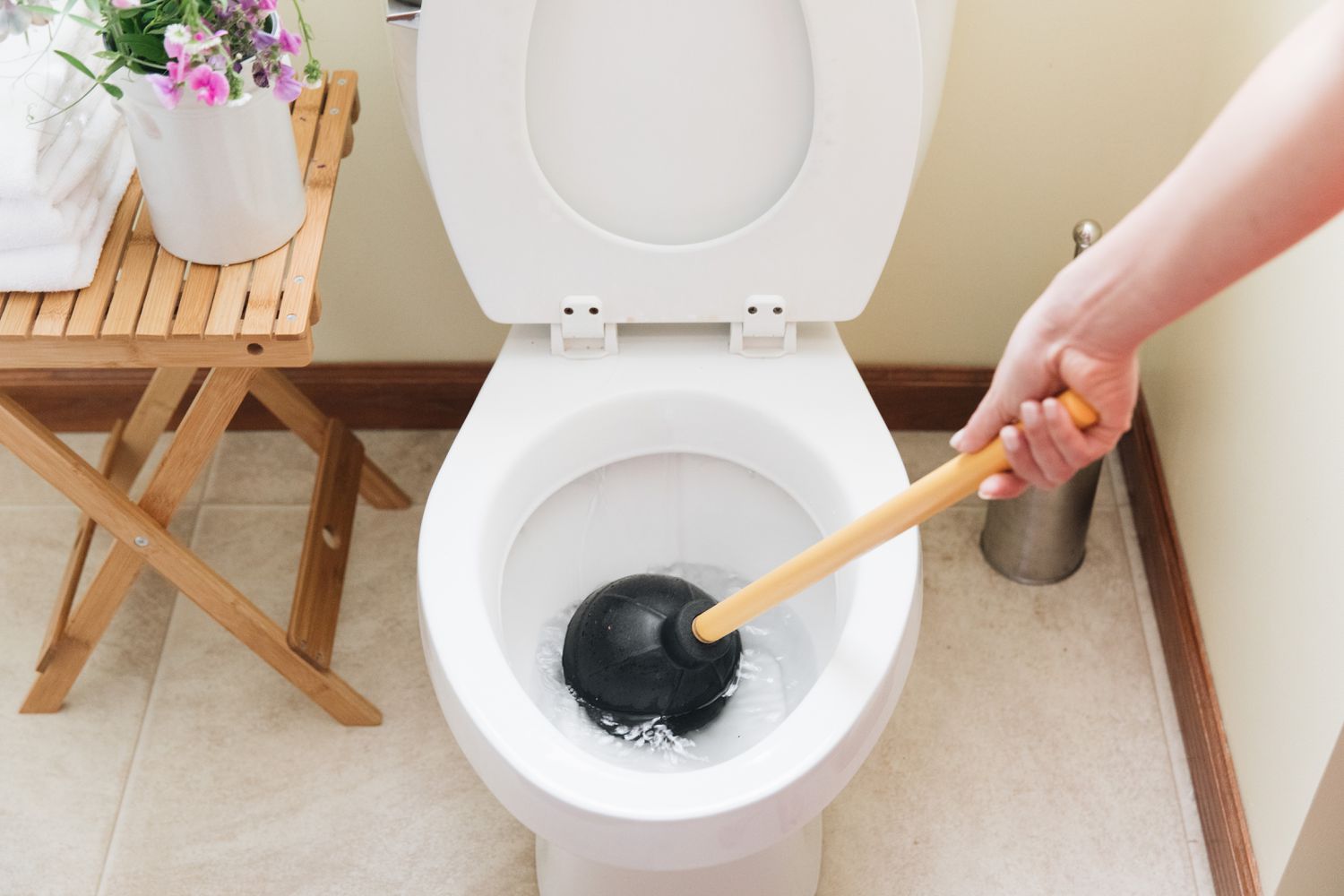
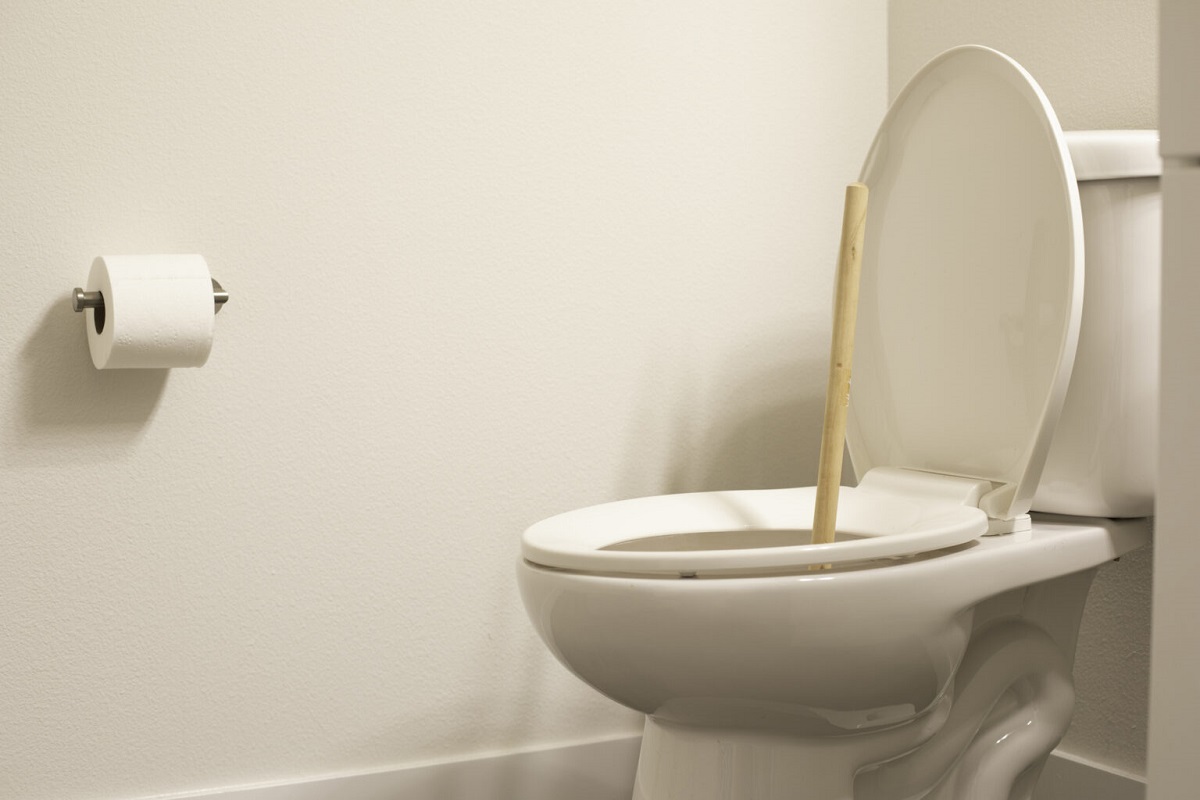
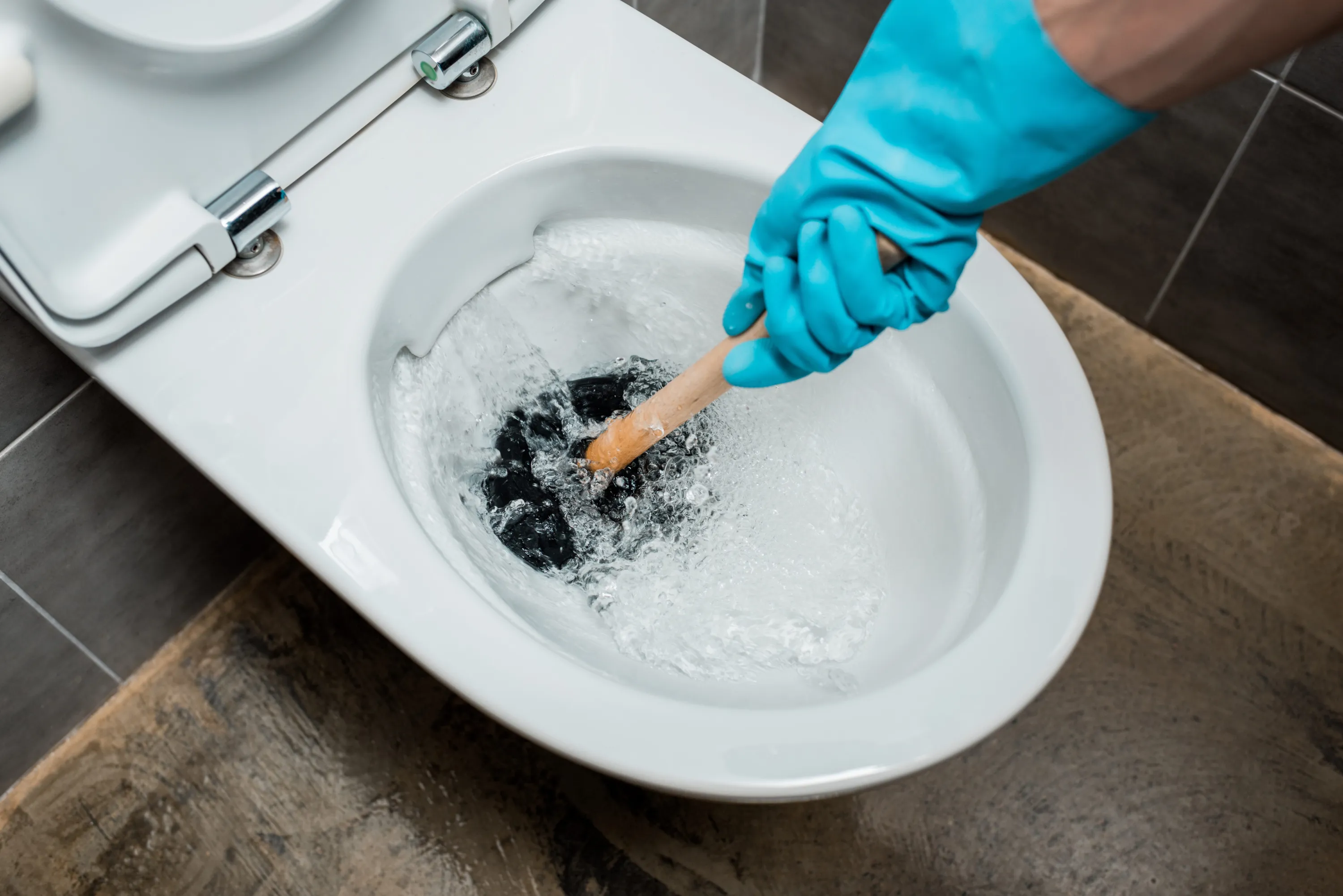
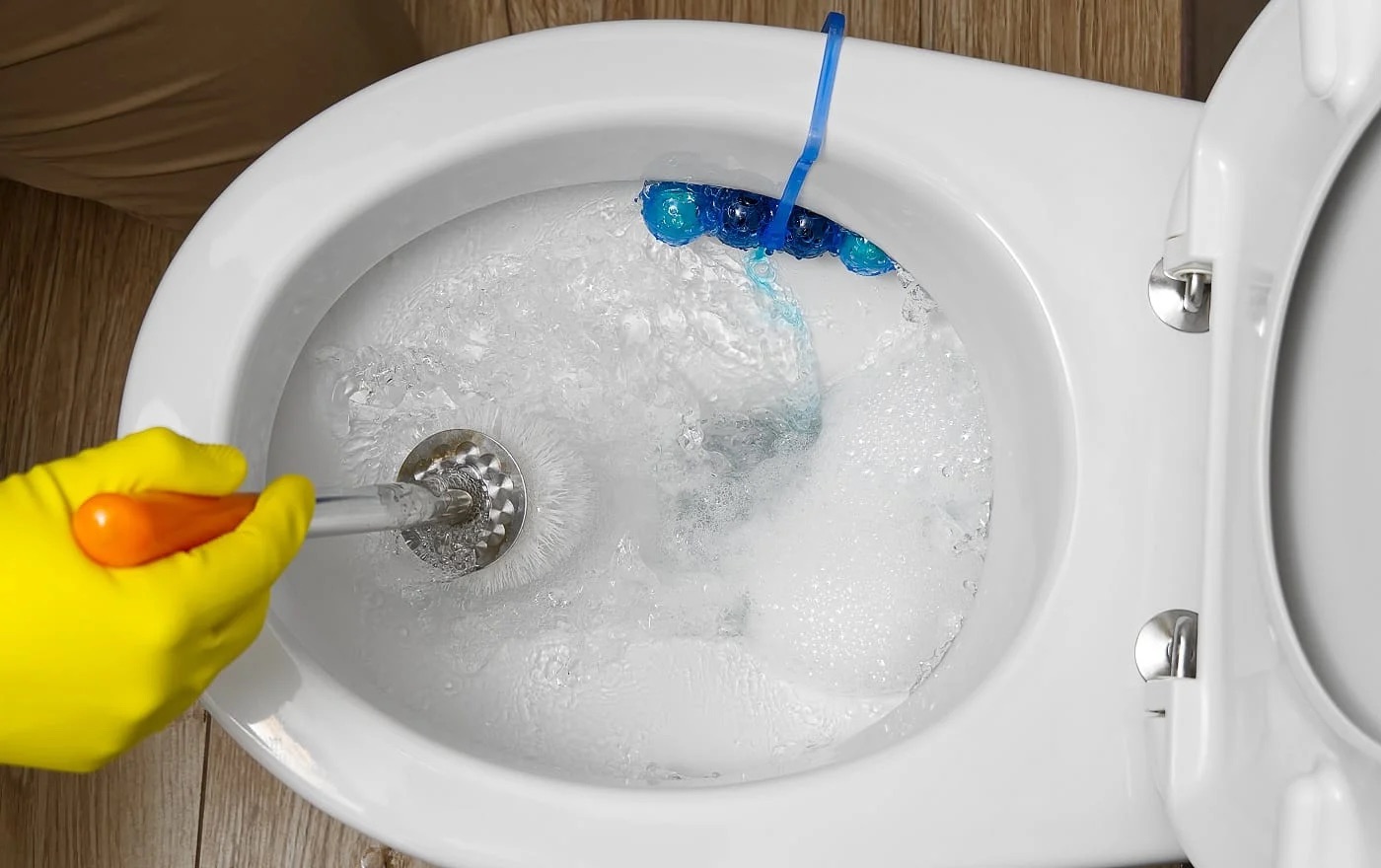
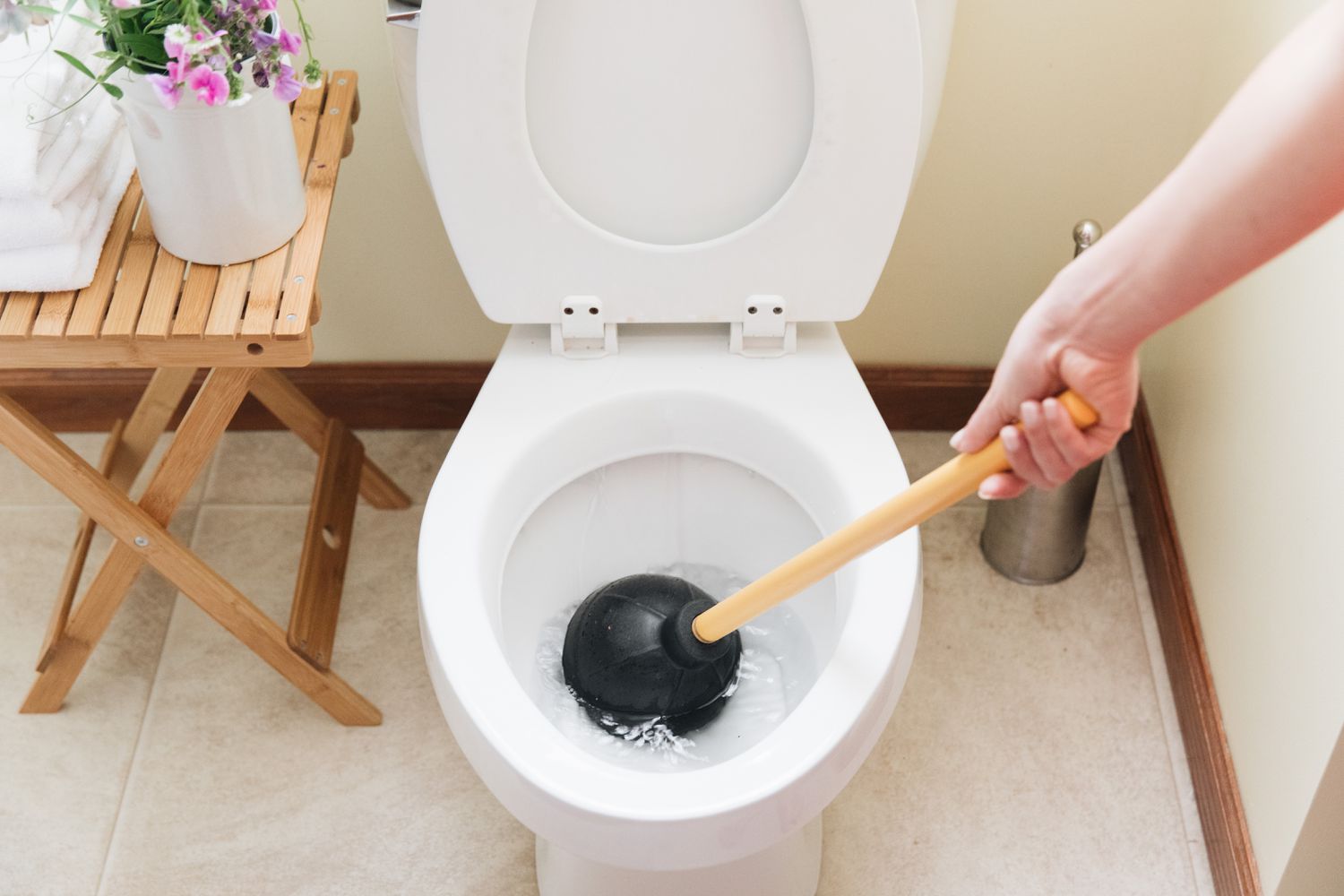
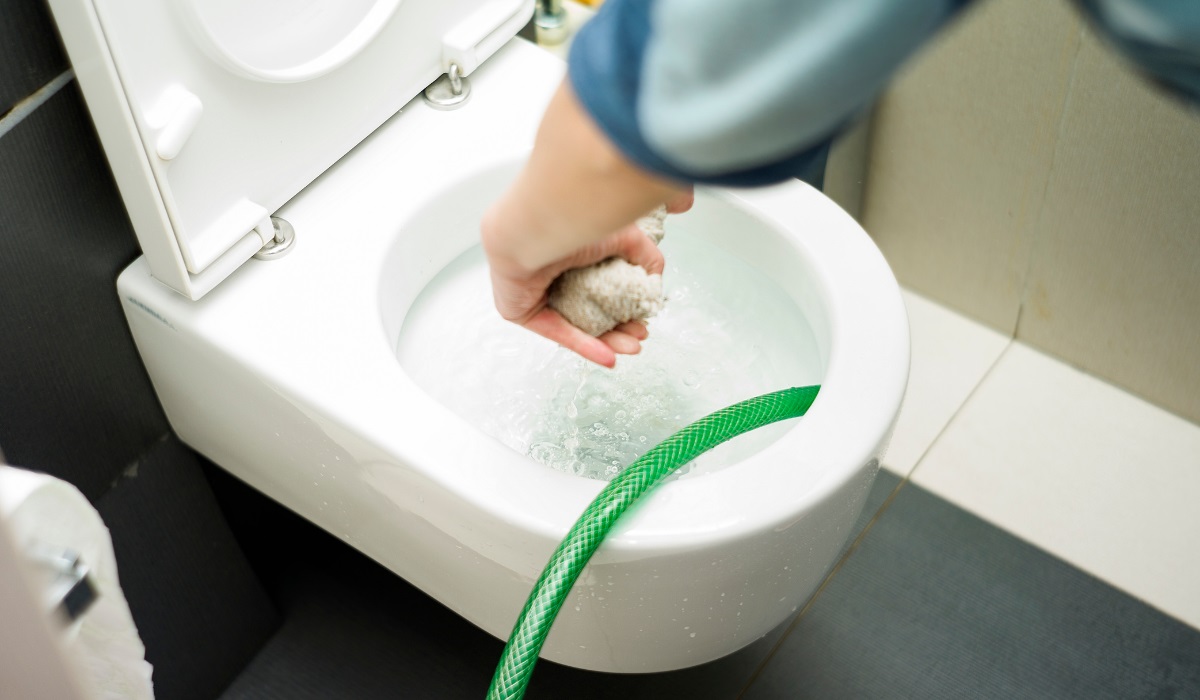
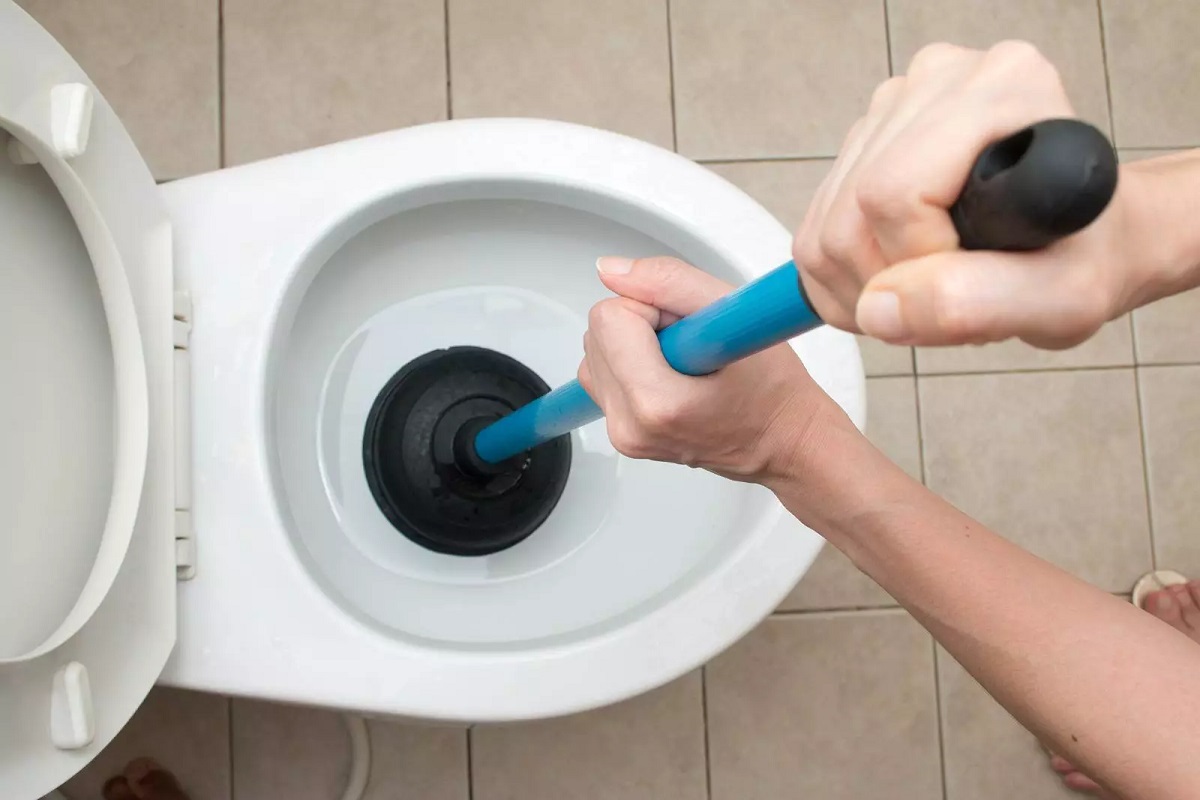
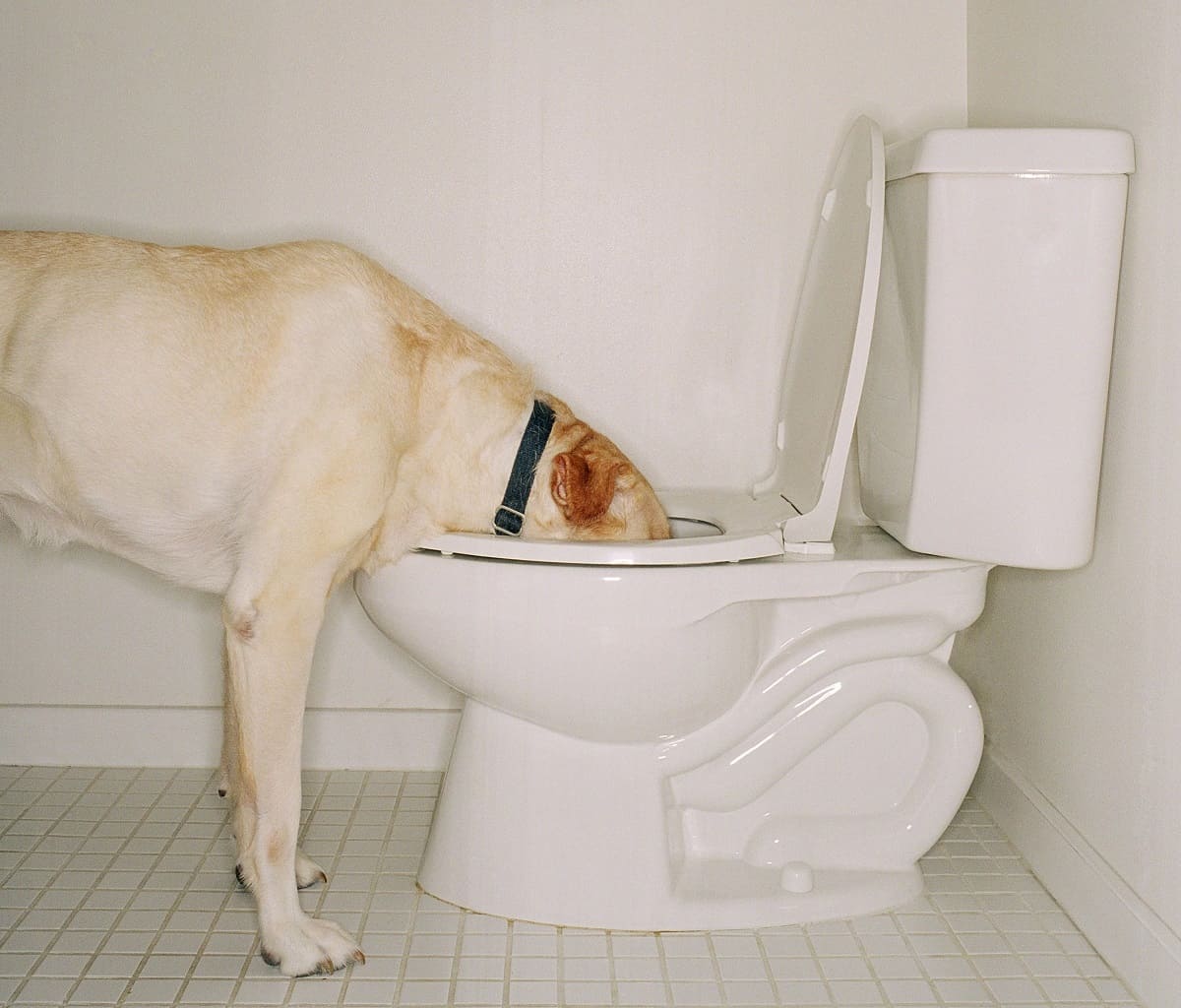
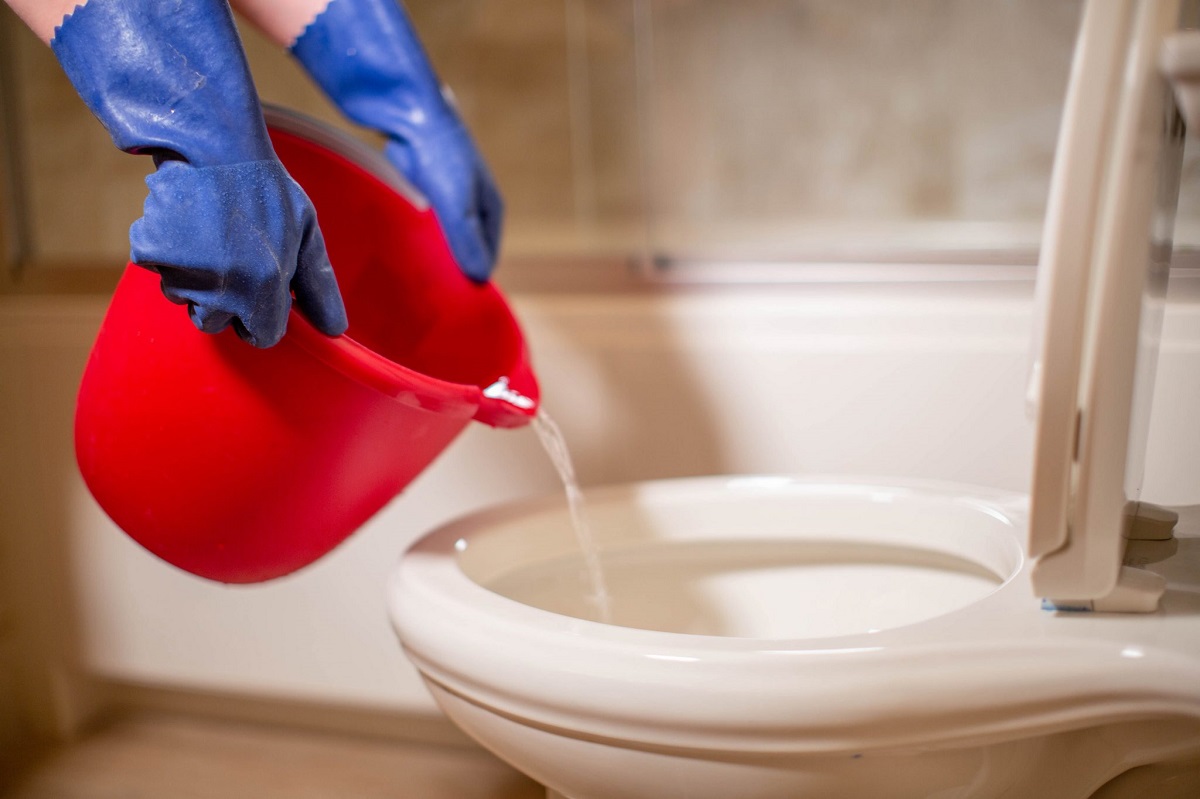
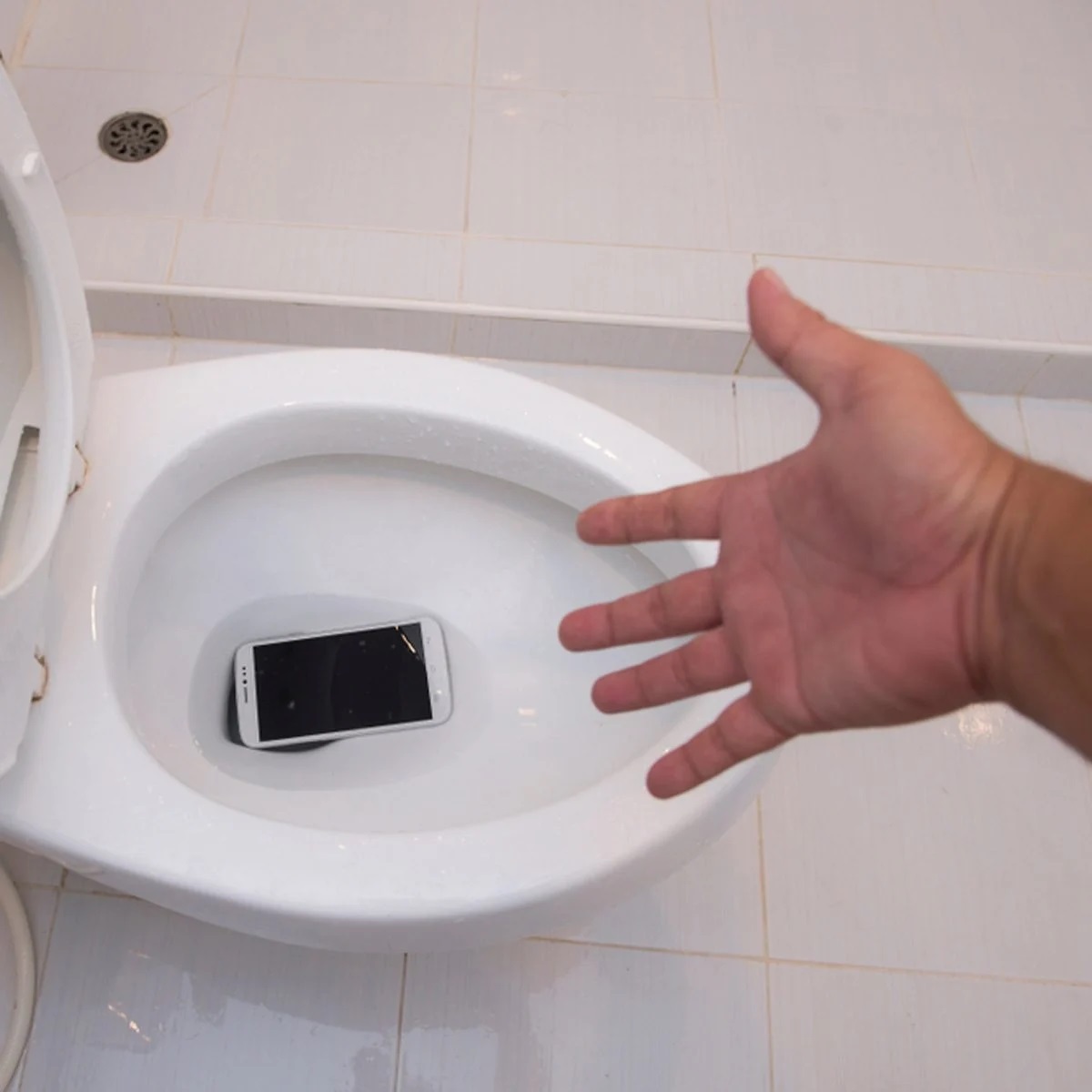
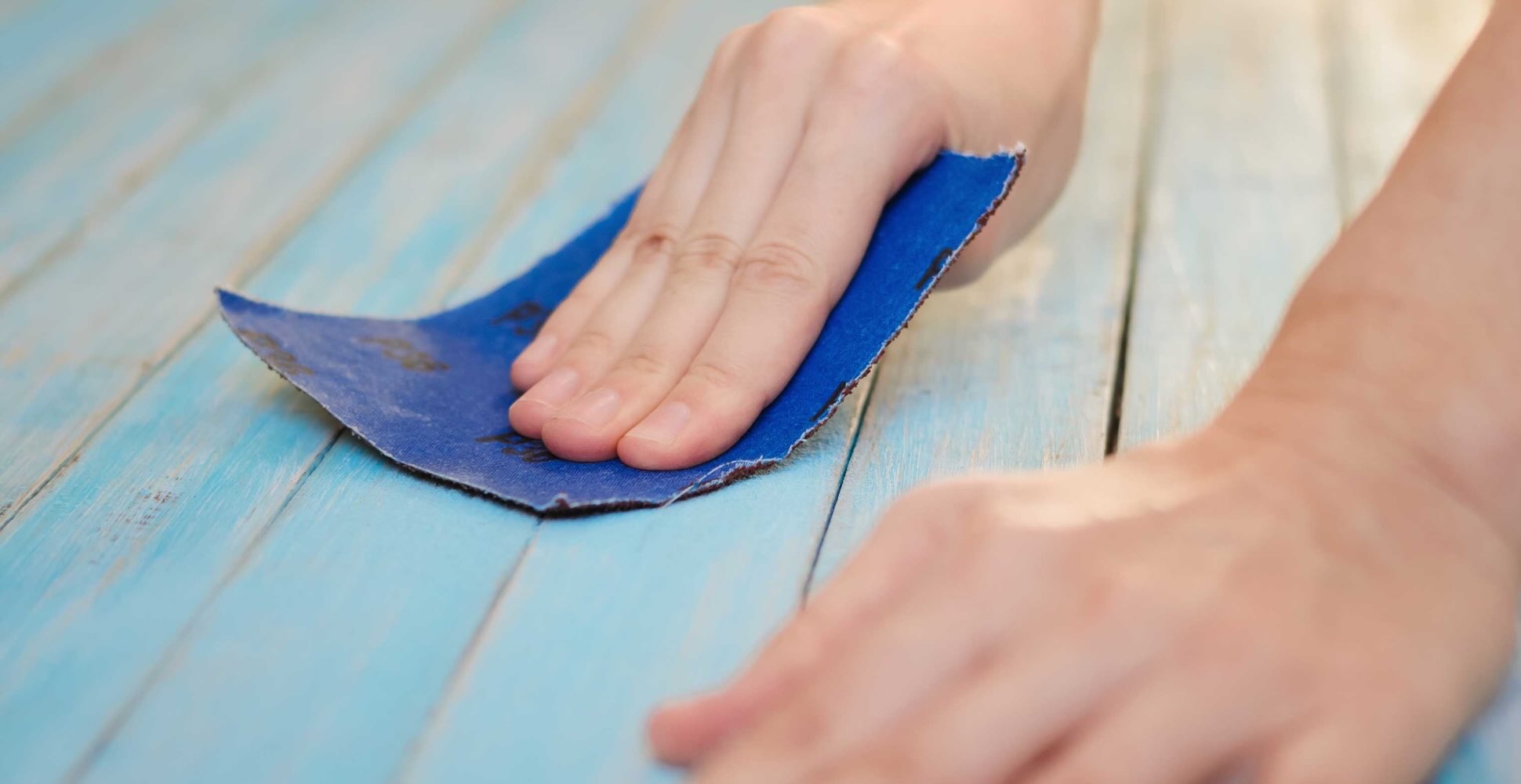
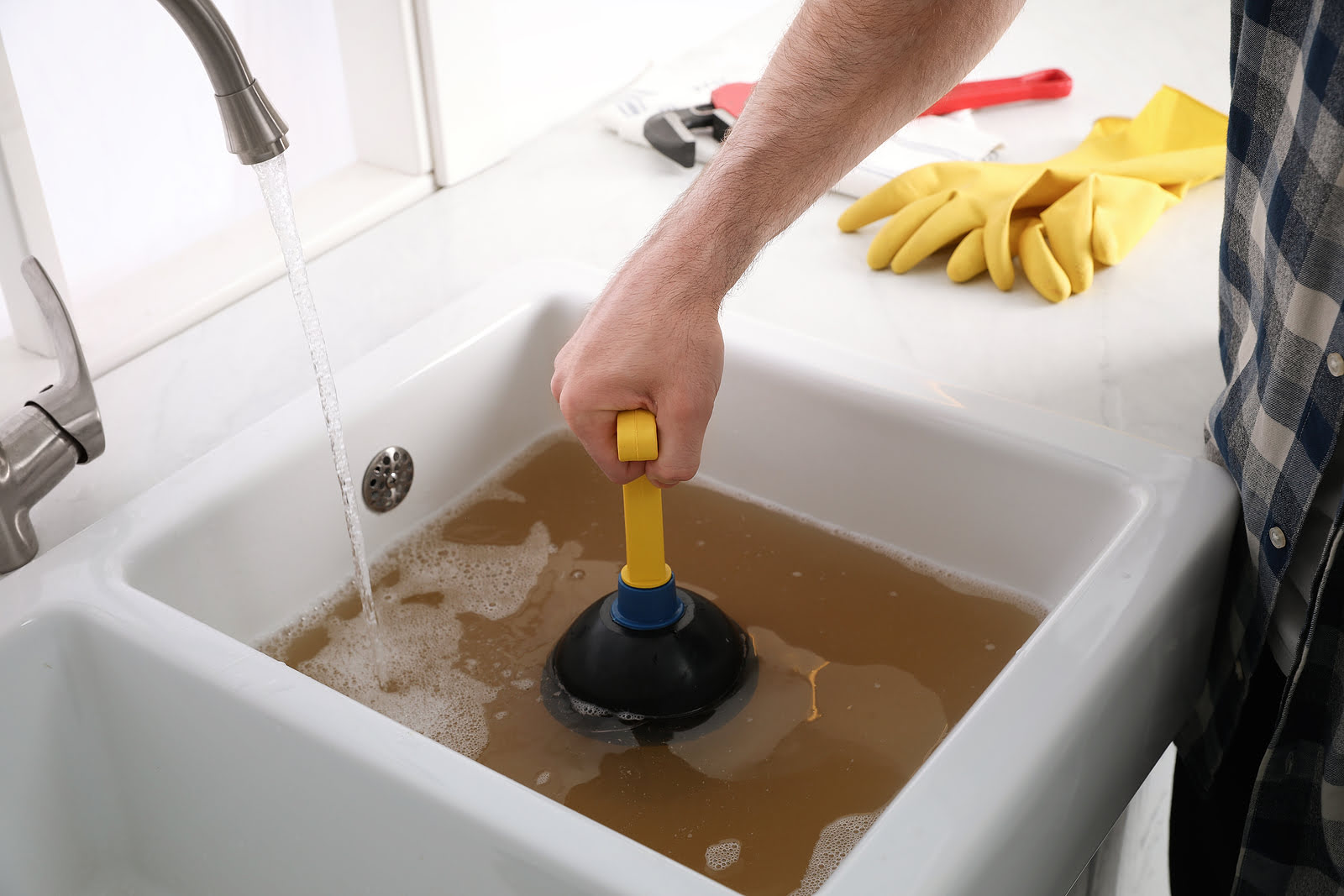
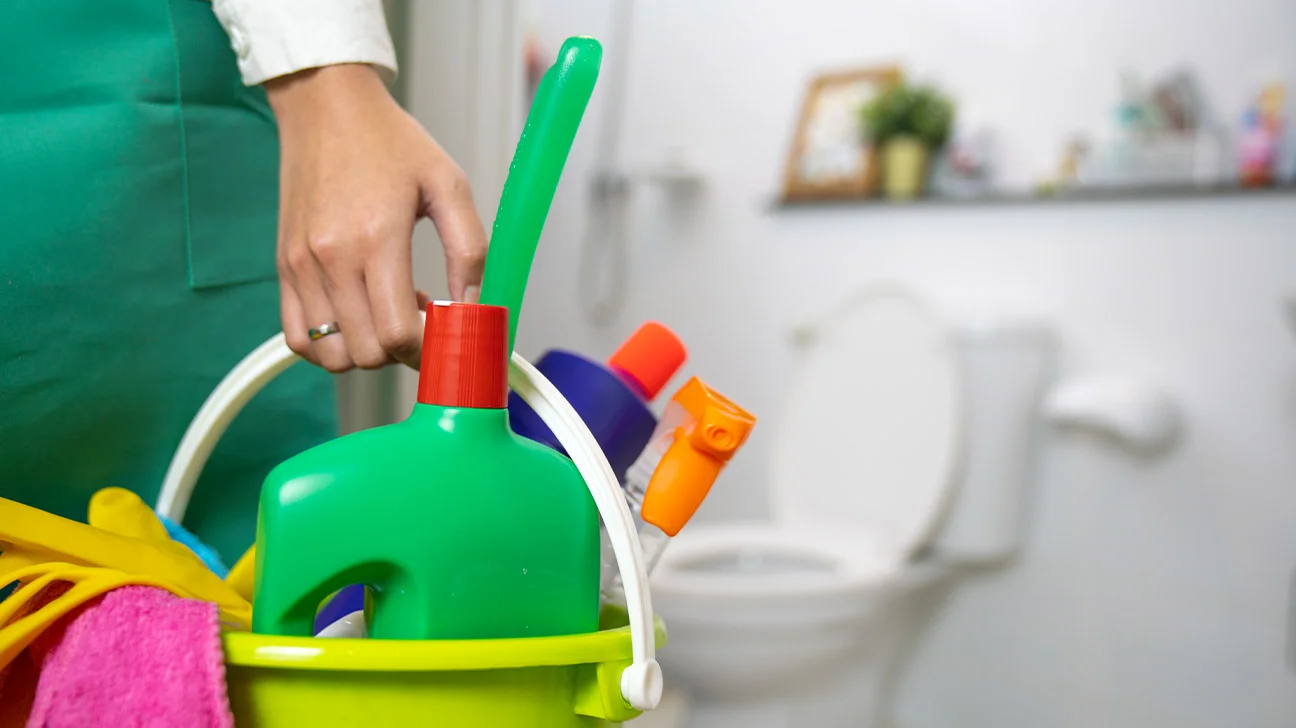

0 thoughts on “What To Do If The Toilet Is Clogged”